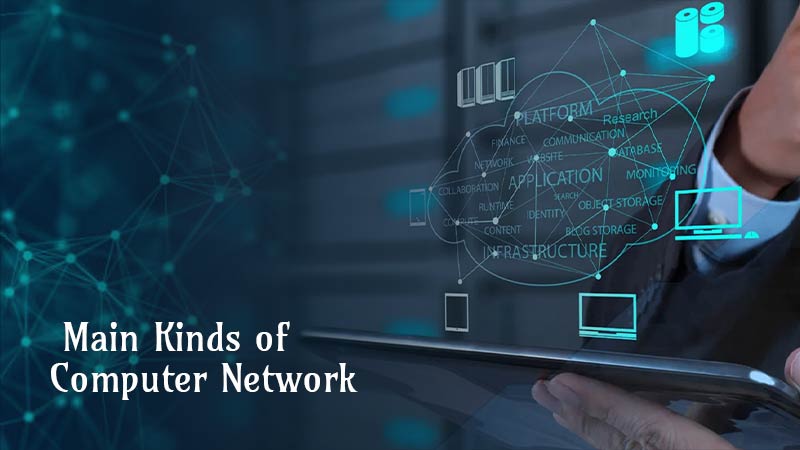What are Some Risks to File Sharing?
File sharing technology allows you to read, view or listen to, modify, copy and print the same files at the same time. A common file sharing method involves transferring files over the Internet or using the cloud, whereby users give each other access to files and content over the Internet.
The exchange of files via cloud storage, as well as their sharing, has become very common recently. Despite their convenience and usefulness, file-sharing services can also be subject to various online threats, including identity theft, viruses, worms, and spyware attacks. What threats await you on the World Wide Web, and how can you avoid them?
Computer Viruses
Intruders can integrate into data sharing by planting trojans, worms, phishing programs, and other malware along with document-sharing software like https://www.securedocsharing.com/. It is not uncommon for remote data sharing to become a target for corporate espionage. This kind of virus infiltration is especially critical for corporate LANs where it spreads at the speed of steppe fire.
A better knowledge of malware, as well as basic cyber hygiene, can help you avoid the threat. You should not exchange files through an unsecured connection, and receive and run installers and files in unknown formats. Every computer on the network should have regularly updated anti-virus software installed.
Loss of Confidential Information
Confidential information transmitted over the network containing corporate secrets, customer databases, product specifications, and similar information that may be interesting to competitors is at great risk.
In the majority of cases, such information is not obtained using clever spying techniques, but by elementary carelessness. Great attention should be paid to raising employee awareness. The internal security department should pay a lot of attention to what files leave the corporate network – this is the key to secure file sharing. It is also important not to make all information available to all employees – a clear hierarchy of access, whereby superiors give access to lower-level employees and are responsible for this action, as well as for giving remote access to certain information, is essential.
Threat to Personal Data
The threat of disclosure of personal information goes hand in hand with the previous point:
- biometric data;
- geolocation;
- behavioral patterns;
The consequences of malicious access to such data can be material loss, reputational damage, or blackmail with the threat of such damage. The problem is that “what goes online stays online forever” and it is virtually impossible to predict the further migration of “leaked” data on the Internet.
The solution may be both to increase employee vigilance and to ensure an appropriate level of data protection by the security and IT departments:
- multi-factor authentication;
- complex encryption keys, including hardware keys;
- regularly changed passwords.
Security should not be sacrificed at the expense of interface simplicity.
Legal Consequences
Even secure documents can cause irreparable damage if the control of access to them is lost. A variety of legislation concerning the protection of personal data, copyright, and license rights can come crashing down on a company in its entirety if only the regulators get a convenient pretext.
Not only reputational and financial losses, but also criminal prosecution with actual prison sentences may be the consequences. It is worth mentioning once again the importance of a strong data protection system, which, however, will be of little use if every employee is not aware of the possible risks and level of responsibility.














